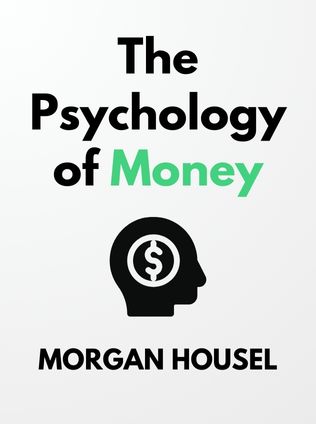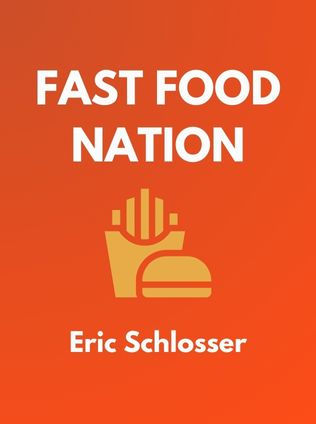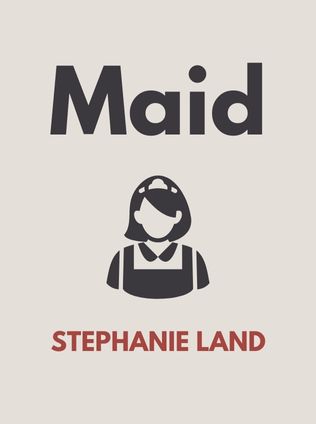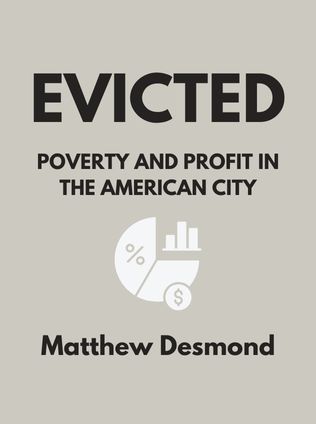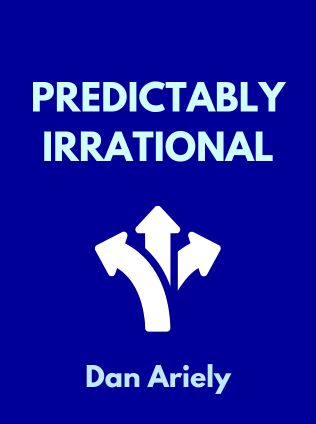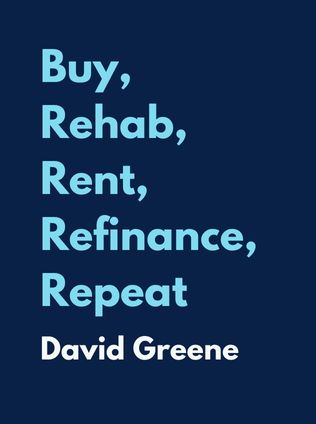
Buy, Rehab, Rent, Refinance, Repeat
The BRRRR Rental Property Investment Strategy Made Simple
By David Greene
Published 05/2019
About the Author
David M. Greene is a highly respected figure in the real estate investment community, known for his innovative strategies and successful track record. Beginning his real estate journey in 2009, Greene initially adhered to traditional investment methods, purchasing two to three properties annually. His approach was methodical and cautious, focusing on building a solid foundation. However, in 2017, Greene’s strategy evolved dramatically as he adopted the BRRRR method—Buy, Rehab, Rent, Refinance, Repeat—a strategy that allowed him to scale his portfolio rapidly. Within just two years of employing this method, Greene went from acquiring a few properties annually to purchasing two properties per month. This accelerated growth not only expanded his portfolio but also solidified his reputation as a leading expert in the field.
Greene’s expertise extends beyond his personal investments. He is a published author, with multiple books that offer practical advice and insights into real estate investing. Additionally, Greene co-hosts the BiggerPockets Real Estate Podcast, a platform where he shares his knowledge with a broader audience, helping both novice and seasoned investors achieve financial independence through real estate. His journey from a traditional investor to a proponent of the BRRRR method serves as a testament to the effectiveness of this strategy when applied with discipline and insight.
Main Idea
The central premise of Buy, Rehab, Rent, Refinance, Repeat is to provide a comprehensive framework for real estate investors seeking to build wealth through rental properties. The BRRRR method is not just a sequence of steps but a systematic approach to real estate investing that maximizes the efficiency of capital. Unlike traditional investment strategies, where investors slowly build equity and reinvest profits over time, BRRRR allows for the rapid acquisition of properties by recycling the same initial capital through successive investments. This method is particularly advantageous for investors focused on long-term wealth accumulation rather than short-term profits.
The BRRRR method’s uniqueness lies in its ability to leverage the after-repair value (ARV) of a property. By purchasing properties below market value, rehabbing them to increase their worth, and then refinancing based on the new, higher value, investors can extract their initial investment and use it to acquire additional properties. This cycle—buying, rehabbing, renting, refinancing, and repeating—enables investors to grow their portfolios exponentially without continuously seeking new capital. Greene’s book not only explains this process in detail but also offers practical advice on how to navigate each step effectively, making it an indispensable resource for anyone serious about real estate investing.
Table of Contents
- Introduction to the BRRRR Method
- Step 1: Buy
- Step 2: Rehab
- Step 3: Rent
- Step 4: Refinance
- Step 5: Repeat
- Conclusion
Introduction to the BRRRR Method
The BRRRR method, as articulated by David M. Greene, represents a paradigm shift in real estate investing. Traditional real estate investment methods often involve securing a mortgage, making a down payment, and gradually paying off the property while earning rental income. While effective, this approach can be slow and capital-intensive, especially for investors aiming to scale their portfolios quickly. The BRRRR method, on the other hand, is designed to accelerate the growth of a rental property portfolio by continuously reinvesting the same capital into new properties.
At its core, the BRRRR method is about maximizing the velocity of money. Instead of letting capital sit in a single property, Greene’s strategy involves recycling that capital through successive investments. The process begins with purchasing a property below market value, typically one that requires significant renovations. After acquiring the property, the investor rehabs it to increase its value, thereby creating equity. The property is then rented out to generate cash flow, and the investor refinances the property based on its new, higher value. The refinance allows the investor to pull out most, if not all, of the capital initially invested, which can then be used to purchase another property. This cycle—buying, rehabbing, renting, refinancing, and repeating—enables investors to rapidly expand their portfolios without needing to continuously secure new funds.
The Efficiency of the BRRRR Method
The BRRRR method’s efficiency lies in its ability to leverage the after-repair value (ARV) of a property. By focusing on properties that can be purchased below market value and then significantly improved through renovations, investors can create substantial equity in a relatively short period. This equity is the key to the method’s success, as it allows for refinancing based on the new, higher value of the property. The refinance typically covers the initial purchase price and renovation costs, allowing the investor to recover their investment and use it to acquire additional properties.
This method is particularly powerful because it allows investors to grow their portfolios without constantly seeking new capital. Instead, the same money is used repeatedly, with each cycle adding more properties to the portfolio and increasing the investor’s cash flow. Over time, this compounding effect can lead to substantial wealth accumulation, making BRRRR an ideal strategy for long-term investors who are patient and disciplined.
"The BRRRR method is a game-changer for real estate investors. By continuously recycling the same capital through successive investments, you can rapidly scale your portfolio and achieve financial independence." — David M. Greene
Step 1: Buy
The first step in the BRRRR process is buying the right property. According to Greene, the success of the entire BRRRR method hinges on this initial step. The goal is to purchase a property significantly below market value, which typically means targeting distressed properties that require substantial renovations. These properties are often overlooked by traditional buyers, making them ideal for investors who are willing to put in the work to rehabilitate them.
Identifying Distressed Properties
Distressed properties come in various forms, and understanding these distinctions is crucial for investors. Greene categorizes distressed properties into three main types:
Sign up for FREE and get access to 1,400+ books summaries.
You May Also Like
Rich Dad Poor Dad
What the Rich Teach Their Kids About Money - That the Poor and Middle Class Do Not!
By Robert T. KiyosakiFreakonomics
A Rogue Economist Explores the Hidden Side of Everything
By Steven D. Levitt and Stephen J. DubnerThe Lean Startup
How Today's Entrepreneurs Use Continuous Innovation to Create Radically Successful Businesses
By Eric RiesFactfulness
Ten Reasons We're Wrong About the World – and Why Things Are Better Than You Think
By Hans RoslingThe Ride of a Lifetime
Lessons Learned from 15 Years as CEO of the Walt Disney Company
By Robert Iger








